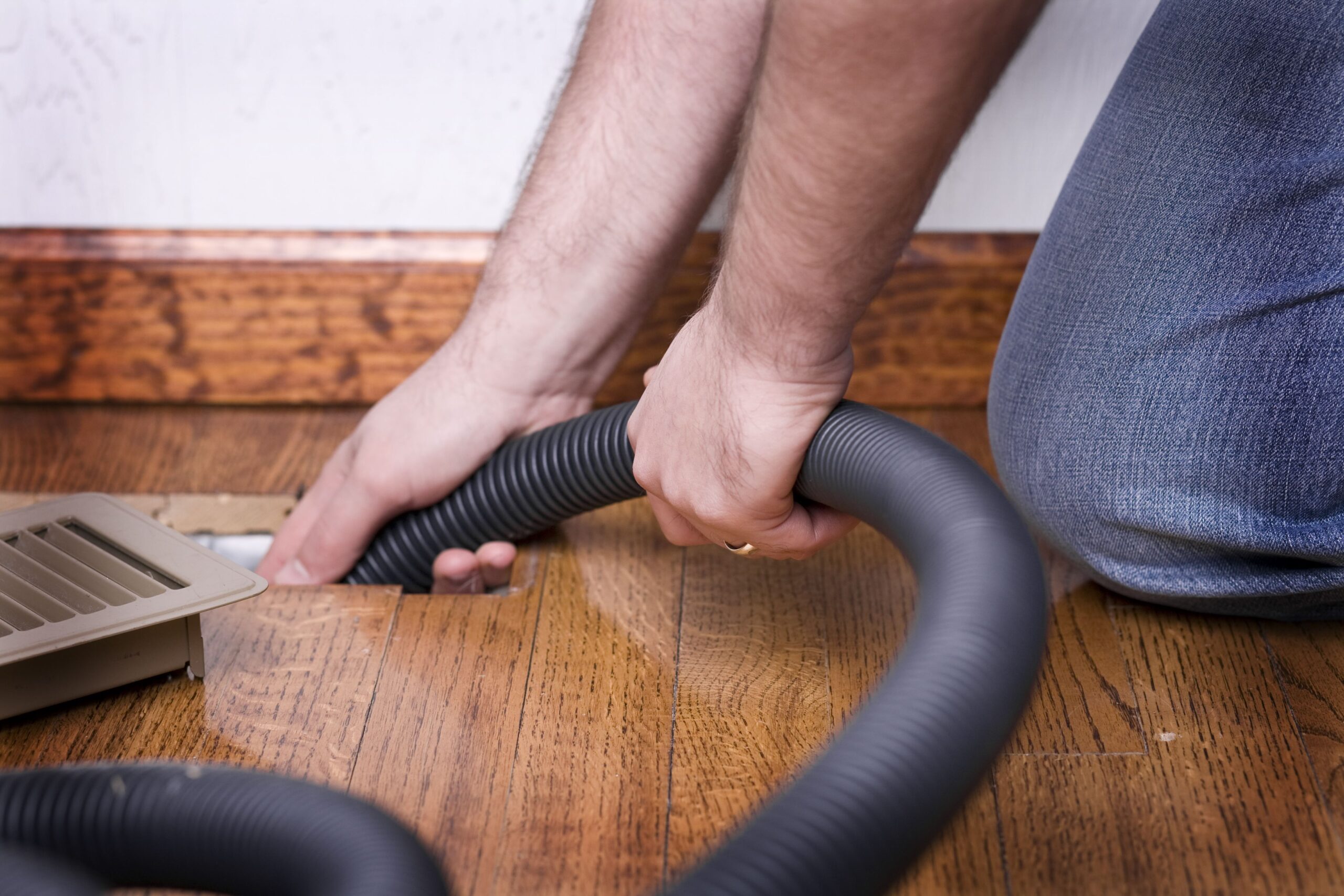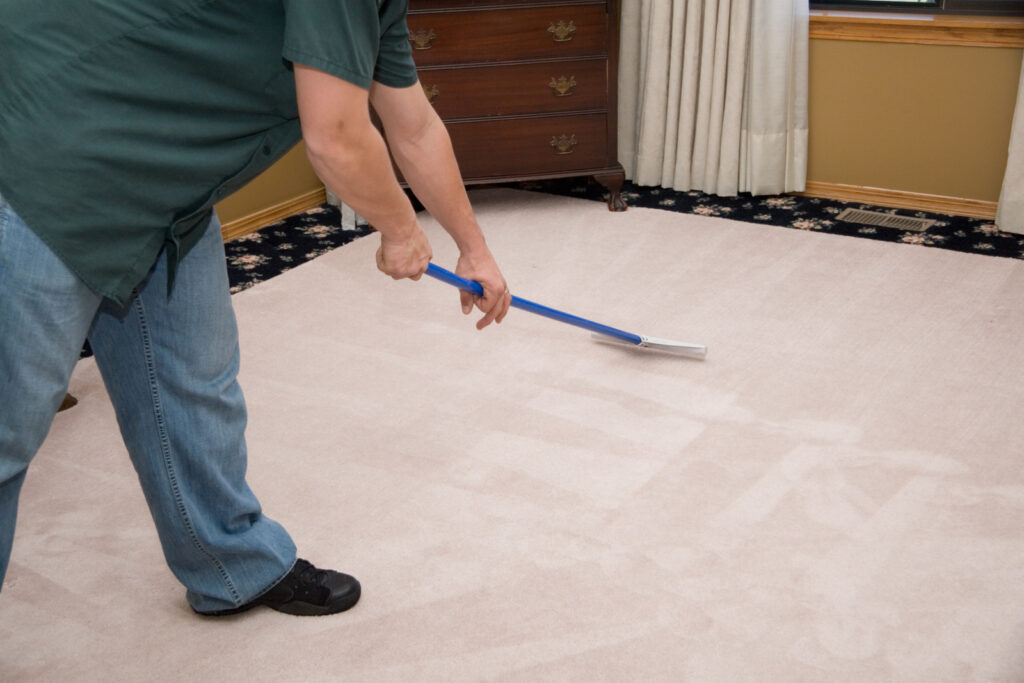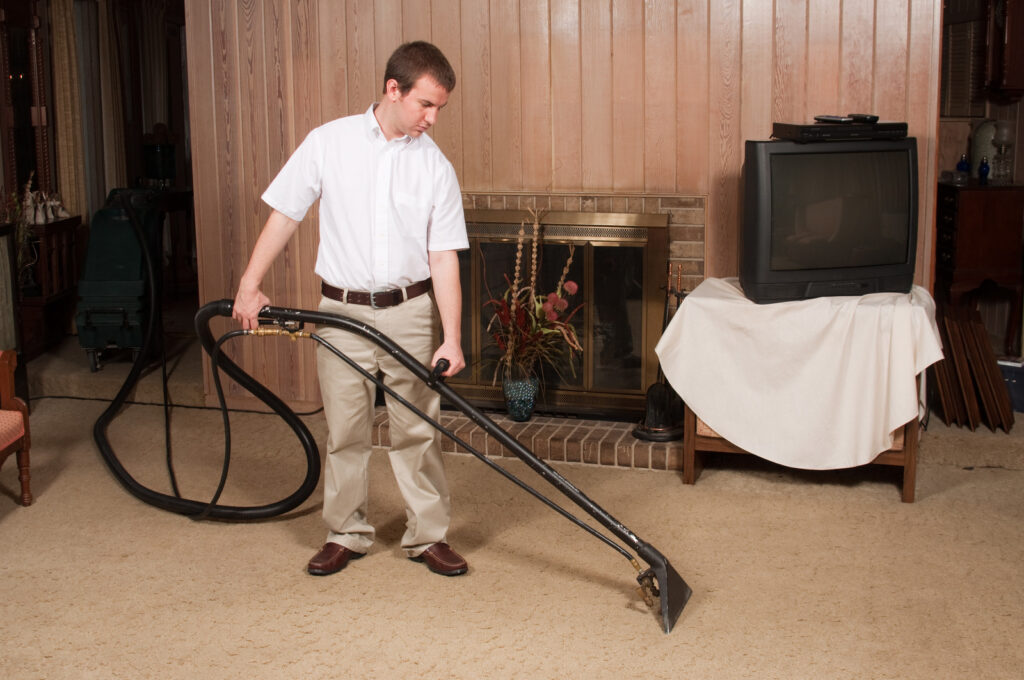
In this definitive manual, we’ll navigate the maze of carpet cleaning, from unraveling the mysteries of carpet fibers to mastering the art of spot removal and everything in between. Whether you’re a seasoned homeowner or a novice cleaner, our guide will empower you to revitalize your carpets and transform your space into a sanctuary of freshness and comfort.
So, let’s embark on this cleansing journey together and breathe new life into your home’s most beloved floors.
Carpet fibers come in various types, each with its unique characteristics that influence cleaning and maintenance. Nylon, for instance, is a widely used fiber known for its durability and resilience. Its strong resistance to wear and tear makes it suitable for high-traffic areas, and its stain-resistant properties simplify cleaning tasks. Polyester, on the other hand, offers softness and vibrant color options, making it a popular choice for homeowners seeking a plush feel underfoot.
While polyester carpets are easy to clean and resistant to water-based stains, they may show signs of wear more quickly than nylon counterparts. Olefin, also known as polypropylene, is valued for its resistance to moisture, mold, and mildew. However, it can be challenging to clean once stained, requiring specialized cleaning methods for optimal results. Wool, a natural fiber, boasts luxurious softness and excellent soil resistance. While wool carpets hide dirt well, they are more susceptible to staining and may require delicate cleaning techniques to maintain their appearance and integrity.
Understanding the characteristics of each carpet fiber is crucial for selecting the appropriate cleaning methods and products to ensure effective cleaning and prolong the life of your carpets.

When faced with a carpet stain, prompt action is essential to prevent it from setting and becoming more challenging to remove.
Establish a No-Shoes Policy: Encourage family members and guests to remove their shoes before entering carpeted areas of your home. Shoes can track in dirt, debris, and outdoor pollutants, leading to soil buildup and staining on carpets. Providing a designated area for shoe removal near entryways can help reinforce this habit.
Use Doormats and Area Rugs: Place doormats at all entry points to trap dirt and moisture before it reaches your carpets. Consider using area rugs in high-traffic areas and under furniture to protect carpet fibers from wear and tear. These rugs can be easily cleaned or replaced, extending the life of your carpets.
Vacuum Regularly: Establish a consistent vacuuming routine to remove surface dirt, dust, and debris from your carpets. High-traffic areas may require more frequent vacuuming, while less-used areas can be vacuumed weekly. Use a vacuum cleaner with a rotating brush or beater bar to effectively lift dirt and fluff carpet fibers.
Address Spills Immediately: Act quickly to clean up spills and accidents to prevent them from soaking into the carpet fibers and causing stains. Use a clean, dry cloth or paper towel to blot up liquid spills, then follow up with a gentle cleaning solution if needed. Avoid rubbing the stain, as this can spread it further and damage the carpet fibers.
Rotate Furniture Periodically: Rearrange furniture periodically to distribute weight and prevent uneven wear on carpeted areas. Heavy furniture can compress carpet fibers over time, leading to permanent indentations or “traffic lanes.” Rotating furniture helps minimize wear and maintain the appearance of your carpets.
Trim Pet’s Nails: Keep your pets’ nails trimmed to prevent them from snagging or damaging carpet fibers. Sharp claws can tear or pull loops in the carpet, leading to unsightly damage that may be difficult to repair. Regular grooming and nail trimming help protect your carpets and maintain their appearance.
Professional Cleaning: Schedule professional carpet cleaning at least once a year to deep clean and revitalize your carpets. Professional cleaners have access to powerful equipment and specialized cleaning solutions that can remove deep-seated dirt, allergens, and stains from carpet fibers.
By implementing these preventative measures, you can keep your carpets looking clean and fresh for years to come while protecting your investment in your home’s flooring. Consistent care and maintenance are key to preserving the appearance and longevity of your carpets in the long term.
To properly clean carpets at home, you’ll need a set of essential equipment and tools.
By having the right equipment and tools on hand, you can effectively clean and maintain your carpets at home, keeping them looking fresh and prolonging their lifespan. Regular cleaning and care will help preserve the appearance and integrity of your carpets for years to come.

By understanding the nuances of carpet fibers, mastering effective cleaning techniques, and implementing preventative measures, you can maintain clean and inviting carpets for years to come.
Now that you’re armed with this valuable information, it’s time to take action. Start by assessing the needs of your carpets and creating a cleaning schedule that suits your lifestyle. Invest in the right equipment and products, and don’t hesitate to seek professional help when needed.
Your carpets are a significant investment in your home, and by caring for them properly, you can enjoy a cleaner, healthier living environment for you and your family. So, let’s freshen up your space together and create a home that’s both beautiful and inviting. Start today and enjoy the benefits of a revitalized home that’s both beautiful and inviting.